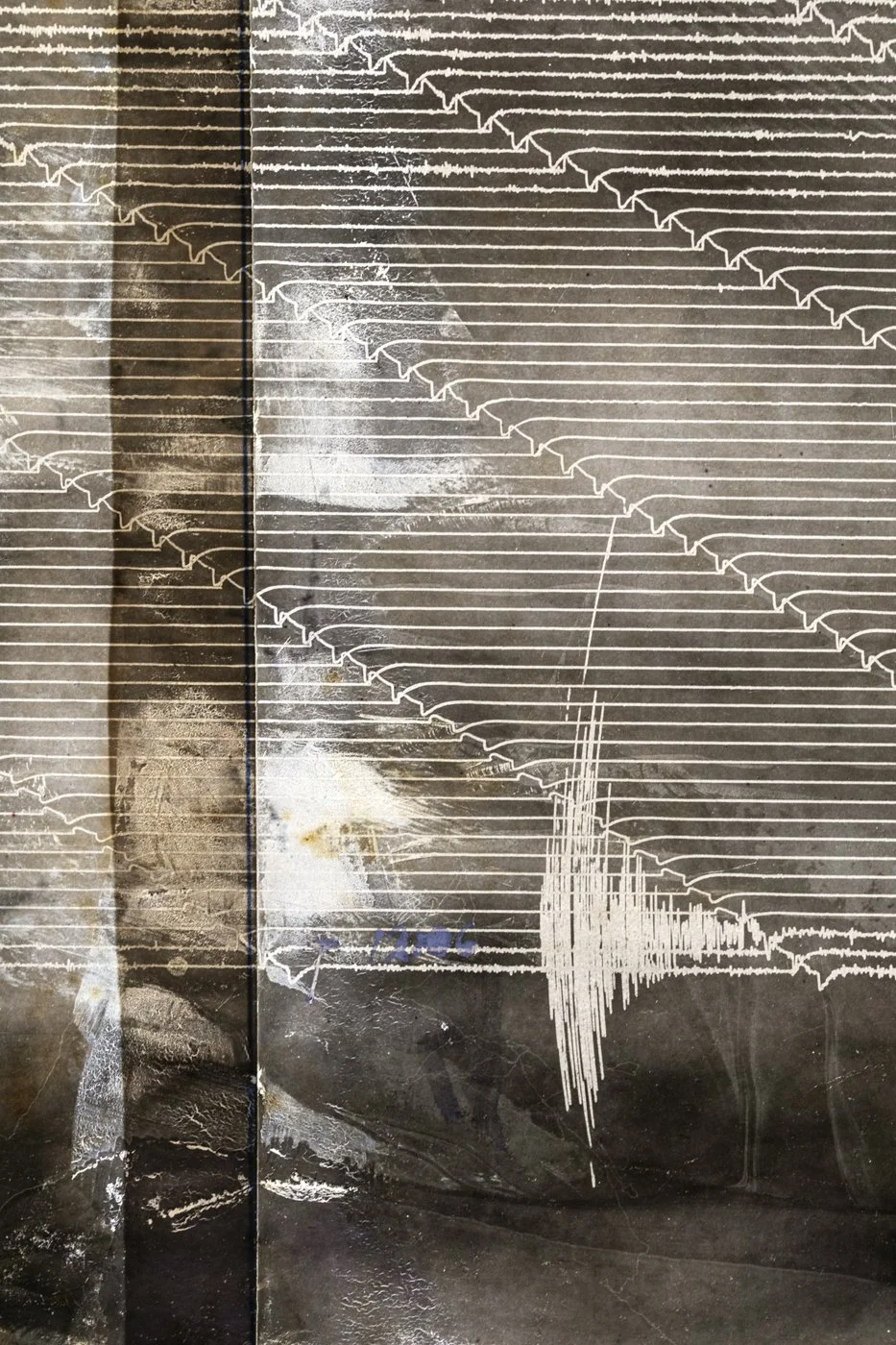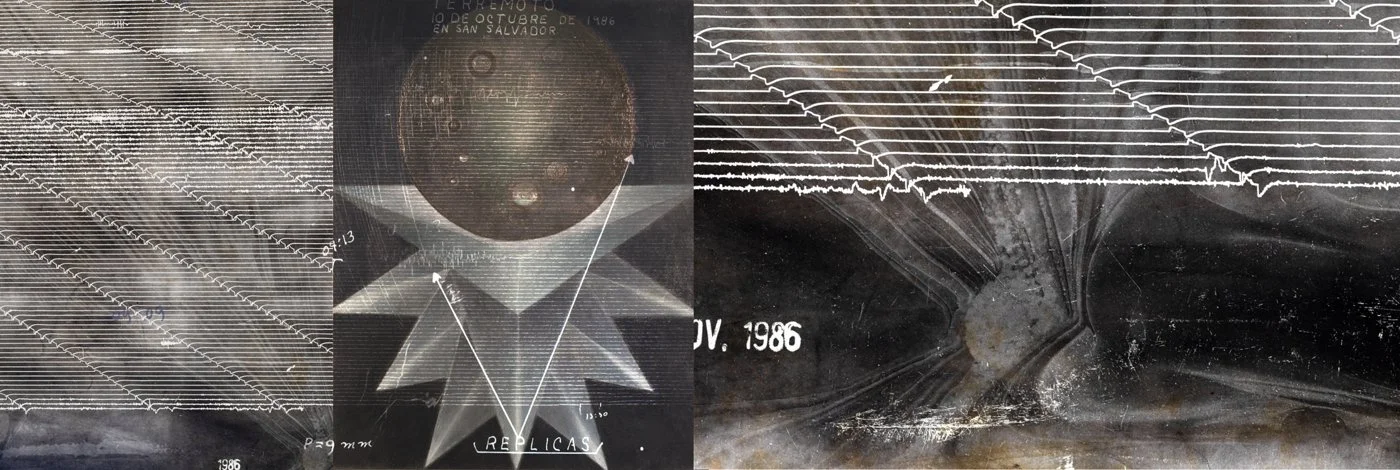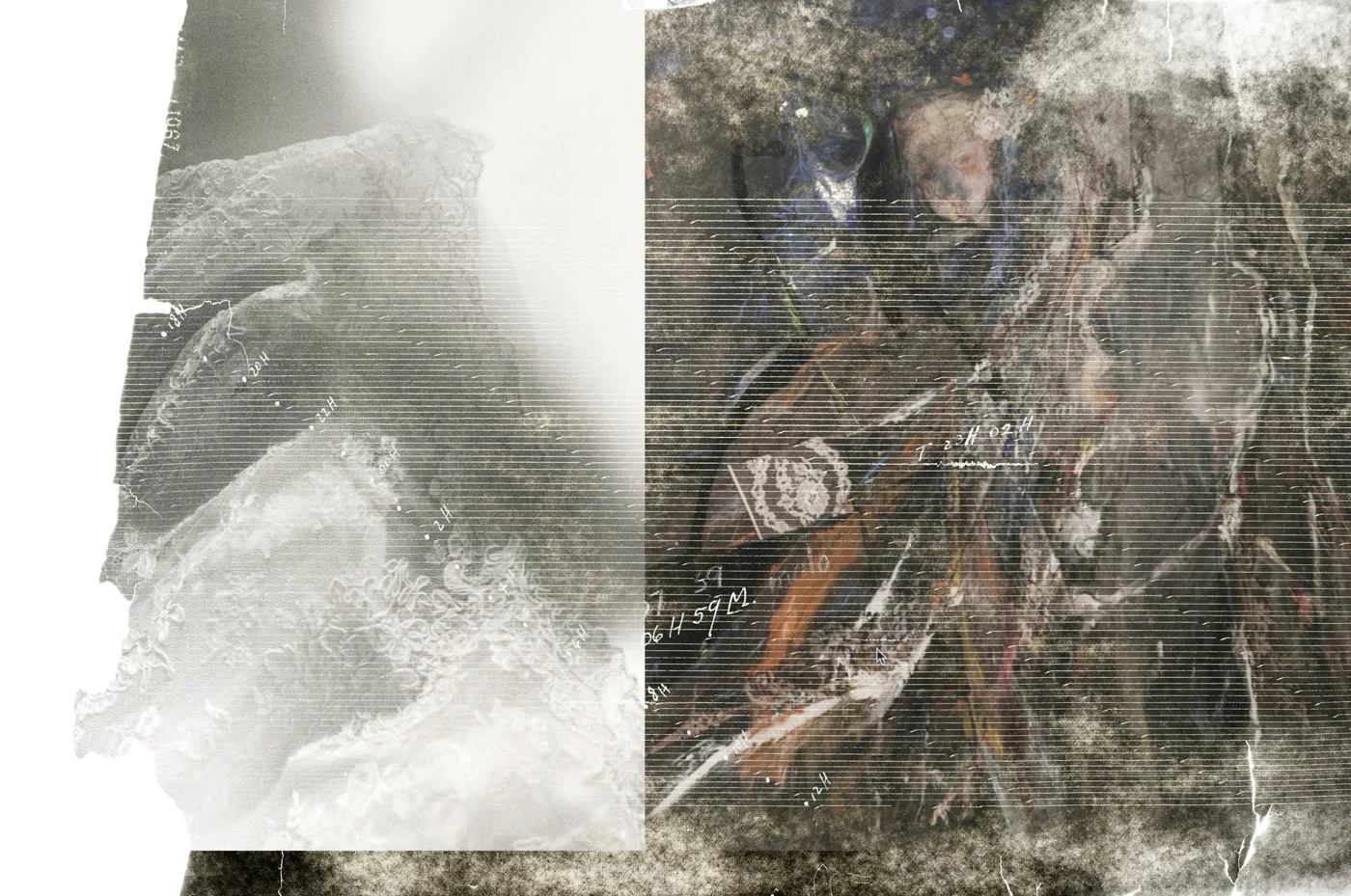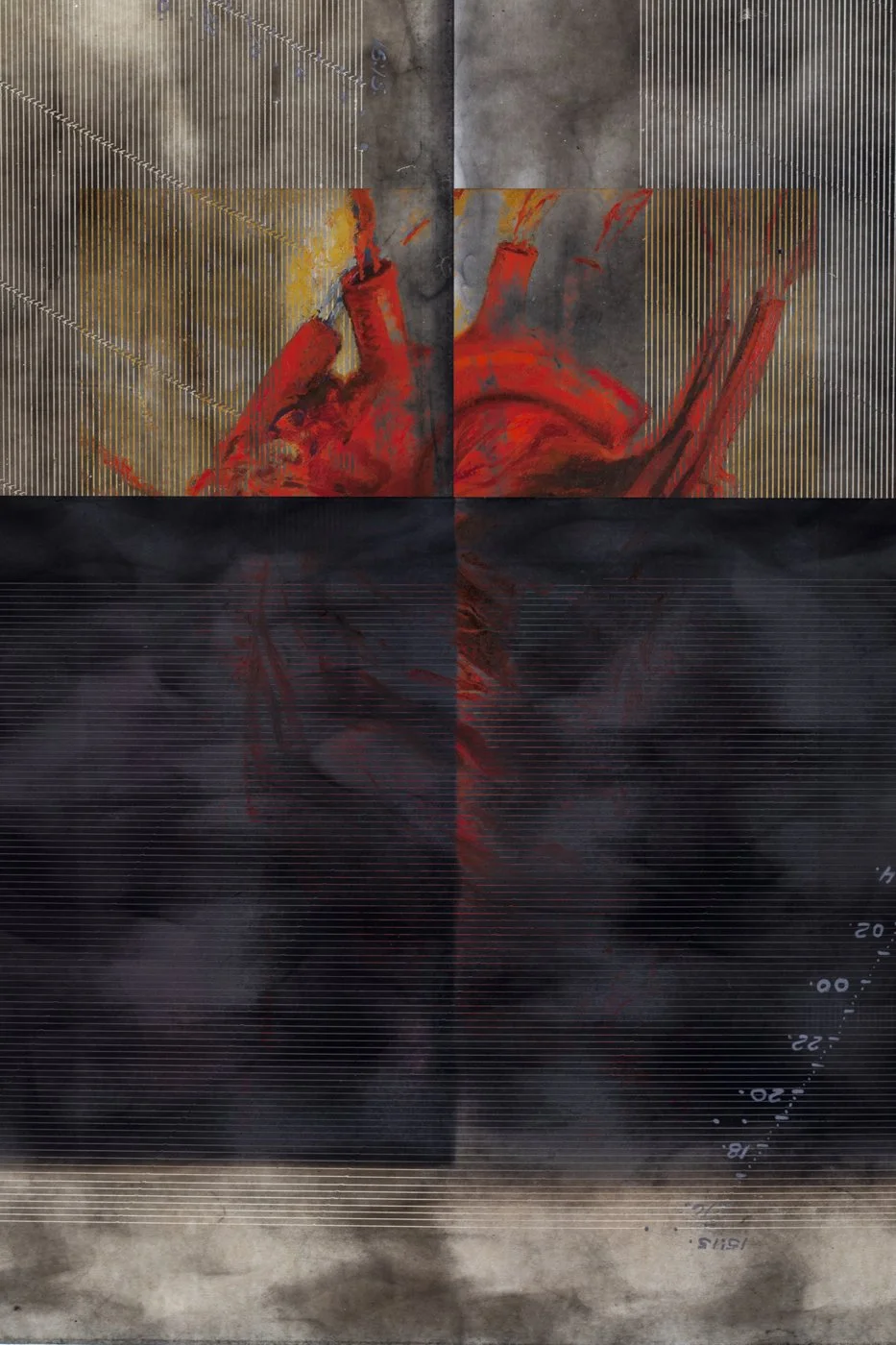MURIEL HASBUN
Pulse: New Cultural Registers / Pulso: Nuevos registros culturales
Maryland, United States • murielhasbun.com





-
Is it possible to trace our journey through a visual record of the land’s pulses? Can we metaphorically mark our personal and cultural legacies onto the land and in the process make it our “terruño” and diasporic homeland?
“Pulse: New Cultural Registers” is a visual registry for the future, reframing the cultural legacy of El Salvador during the 1980s and 90s using personal and historical archives from a diasporic vantage point. It imprints the rescued archive of the renowned Galería el laberinto --an epicenter of cultural activity during the Salvadoran civil war-- along with my own photographic archive of the time onto the national seismographic record of El Salvador.
“Pulse” encapsulates issues of social justice, representation and solidarity that are at stake in the artworld and in society. Transnational dialogue and decolonial visual representations are urgent. With 2.3 million Salvadorans living in the United States, we are the 3rd largest Latinx population, often vilified by reductive, dehumanizing narratives of war, violence, and migratory “illegality.”
To repair this, I created “Pulse.” The seismograms document the movements of the earth in El Salvador at specific points in time. Likewise, artists during the civil war replied with their art to the earth- shaking events of the same period. Melding these two forms of response, seismic and artistic reveals the land as “terruño,” and makes the voices and sensibilities of the artists reverberate across time and space, so they can be heard and seen both in El Salvador and in the diaspora. I challenge erasure, invisibility, prejudice, and established canons and territories, paying tribute to my late mother Janine Janowski and her legacy as founding director of Galería el laberinto, and to the artists who worked with the gallery during such difficult times. “Pulse” then, transforms the land into a fully lived and witnessed “thirdspace” of memory and art, while mapping personal and collective history into a new meeting ground for a more hopeful, nuanced, dignified, and restorative future.
